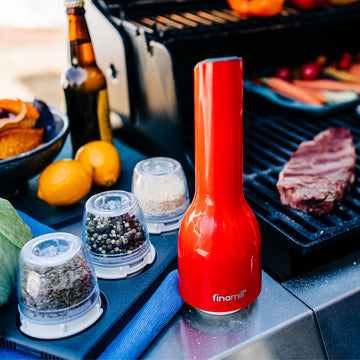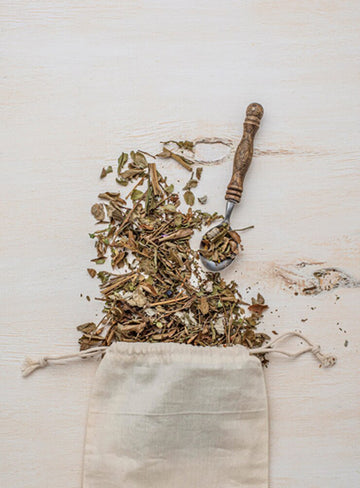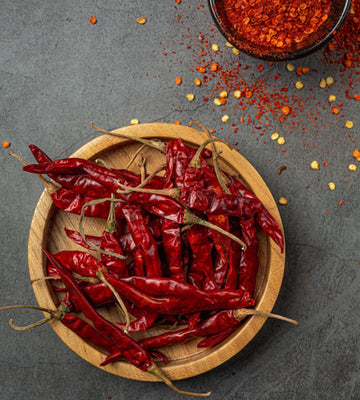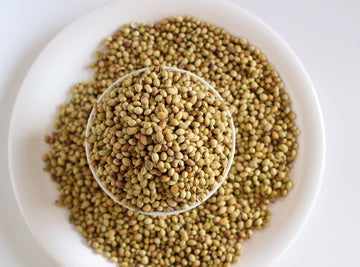Rosemary

Rosemary comes from a scruffy Mediterranean shrub with a long story. Ancient Egyptians buried some of their dead with fragrant rosemary twigs. The antimicrobial benefits of its essential oil were used in traditional medicine long before the scientific discovery of bacteria. Rosemary bushes produce pretty, purple flowers in warm climates, too, so they’re often cultivated for landscaping. And on top of all that, rosemary is one of the most potent culinary herbs out there. Are you overlooking this essential ingredient? Read on to learn all it can do!Because it’s so potent and so widely used, rosemary’s flavor is unmistakable. Salvia Rosmarinus—the rosemary plant—smells like fresh pine with touches of citrus and sage. When snapped or ground, rosemary’s thick, waxy needles release bitter and astringent flavors, enhancing its resinous character. It’s this combination of fresh green fragrance and woodsy bite that makes rosemary so powerful in the kitchen. Compared to delicate herbs like parsley and cilantro, rosemary takes well to drying. Dried rosemary doesn’t taste quite as “green” as fresh, but it retains the herb’s complex resinous core. You can use your FinaMill MAX pod to crush dried rosemary needles to flavor ground and whole cuts of meat, soups and stews, potatoes and roasted vegetables, and grains, especially barley and couscous. Dried rosemary is a delicious alternative to sage in breakfast sausage patties, and it disperses flavor more easily than fresh needles in casseroles like Thanksgiving stuffing. If you come into an abundance of rosemary, try drying your own! The taste is a major improvement over store bought dried rosemary and making it couldn’t be easier. Just tie a few sprigs together and hang them in a shaded spot that gets excellent airflow, like your porch or a kitchen window. The rosemary should be fully dehydrated in seven to ten days. Strip the needles from the branches and store them whole in an airtight container, like a FinaPod MAX. For the best dried rosemary flavor, grind just before using.

Rosemary is potent enough to use it all by itself to spice up a roast leg of lamb, steamed fish, or breakfast potatoes. It also has an affinity for other herbs. Mix rosemary with sage, thyme, and coarse sea salt to make a fragrant finishing salt or combine the herbs with softened butter for a flavor-packed compound butter.
We love the trio of dried garlic, black pepper, and dried rosemary as a seasoning blend. It has a quintessential Mediterranean flavor that enlivens steaks, pork, and chicken, especially when you add a little smoke from the grill, like in the recipe Dave’s Garlic and Rosemary Ribeye Steak (see it in our Recipe section).
Fresh rosemary photo by Julian Hochgesang on Unsplash




